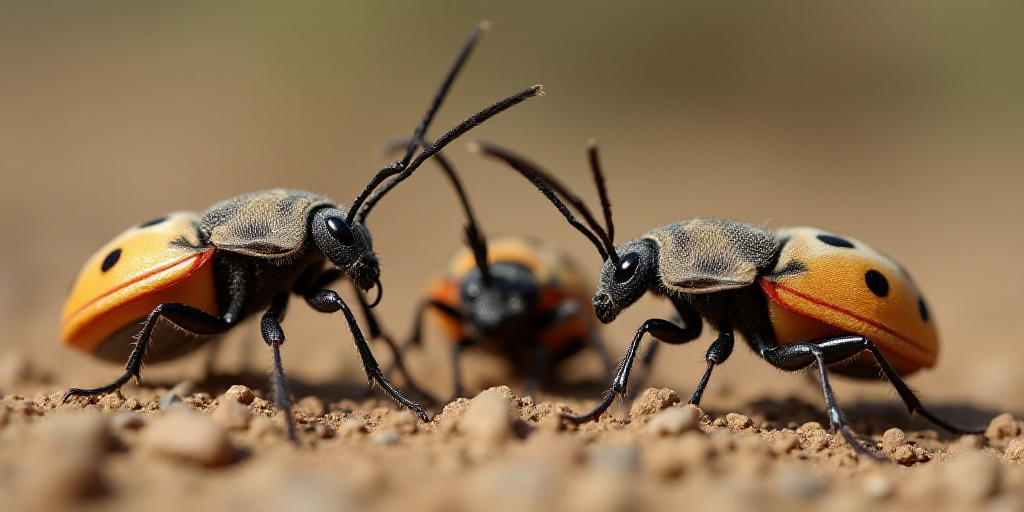Background on the Cattle Worm Issue
The cattle worm, scientifically known as Trichostrongylus axei, has been causing significant concern in Mexico due to a 32% increase in cases since August. This parasitic worm affects cattle, leading to decreased productivity and increased treatment costs for ranchers. The situation has escalated as the parasite spreads closer to the US border, sparking diplomatic tensions between Mexico and its major trading partner.
Who is Trichostrongylus axei?
Trichostrongylus axei is a type of nematode, or roundworm, that primarily infects cattle. Native to North America, these parasites live in the intestines of infected animals and can cause significant damage to the host’s health and productivity. The recent surge in cases has alarmed Mexican authorities and ranchers, prompting them to seek international cooperation to control the spread.
Why is this issue relevant?
Mexico’s cattle industry is a crucial sector for the country’s economy, contributing significantly to exports and employment. With over 15 million head of cattle, the industry generates billions of dollars annually. The increase in cattle worm cases poses a severe threat to this vital sector, as infected animals suffer reduced growth rates, lower milk production, and increased susceptibility to other diseases. Moreover, the rising treatment costs burden ranchers financially, potentially destabilizing local economies.
Diplomatic Tensions Between Mexico and the US
As the cattle worm issue intensifies, Mexico has sought assistance from the United States to control the parasite’s spread. However, diplomatic tensions have arisen due to differing opinions on responsibility and resource allocation. Mexico argues that the US should share more of the financial burden, given its status as a significant market for Mexican cattle products. Meanwhile, the US emphasizes the need for Mexico to strengthen its border control measures to prevent further spread of the parasite.
Key Actions and Ideas
- Mexico’s Request for Assistance: Mexican authorities have formally requested support from the US in controlling the cattle worm outbreak. This includes financial aid, technical expertise, and joint research initiatives to develop effective control strategies.
- US Response: The US has expressed willingness to collaborate but insists on Mexico taking more responsibility for border control measures. This has led to ongoing negotiations regarding resource allocation and the division of responsibilities.
- Impact on Cattle Industry: The cattle worm issue continues to threaten Mexico’s cattle industry, with rising treatment costs and decreased productivity. This has prompted calls for urgent action from both governments to protect this critical sector.
Key Questions and Answers
- What is the cattle worm? The cattle worm, or Trichostrongylus axei, is a parasitic nematode that infects cattle, causing health issues and reduced productivity.
- Why is there a 32% increase in cattle worm cases in Mexico? The surge is attributed to various factors, including climate changes, inadequate biosecurity measures, and the movement of infected animals across borders.
- What are the diplomatic tensions between Mexico and the US? The tensions stem from differing opinions on responsibility and resource allocation in controlling the cattle worm outbreak, with Mexico seeking more financial assistance from the US and the US emphasizing border control measures.
- How does the cattle worm issue impact Mexico’s economy? The increasing cases of cattle worms threaten Mexico’s cattle industry, which contributes significantly to the country’s exports and employment. Rising treatment costs and decreased productivity put additional financial strain on ranchers and local economies.






